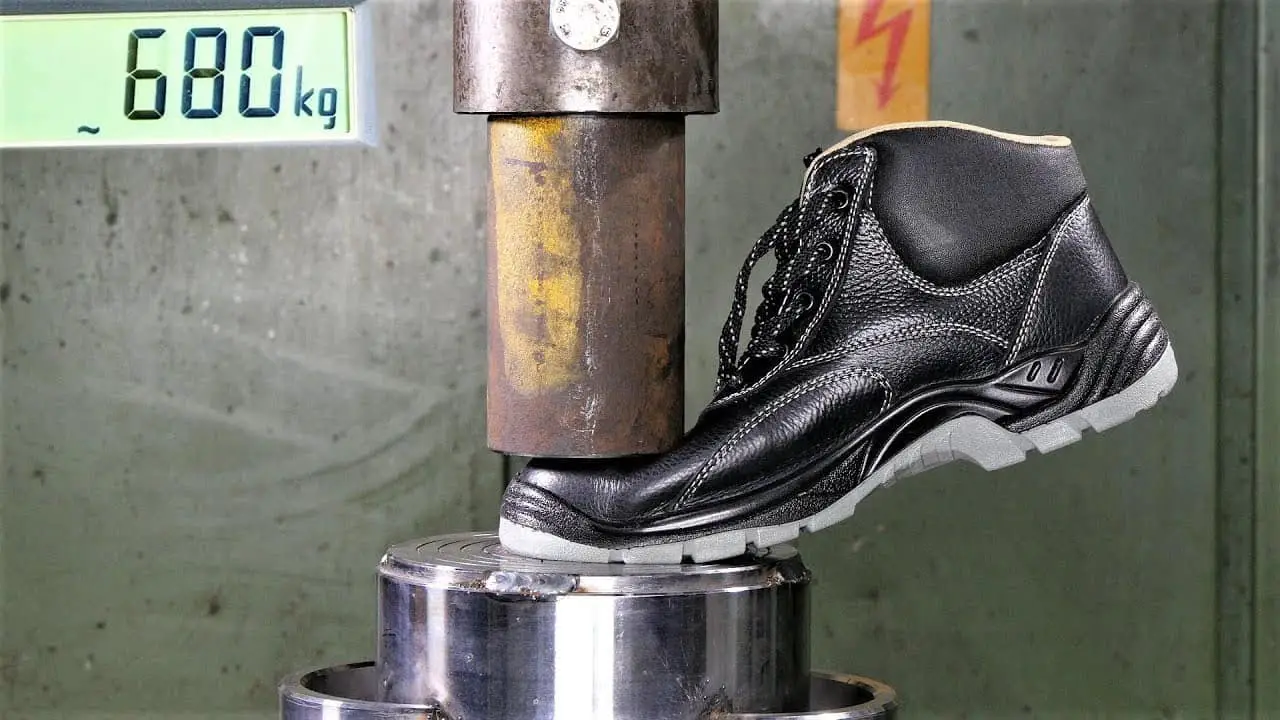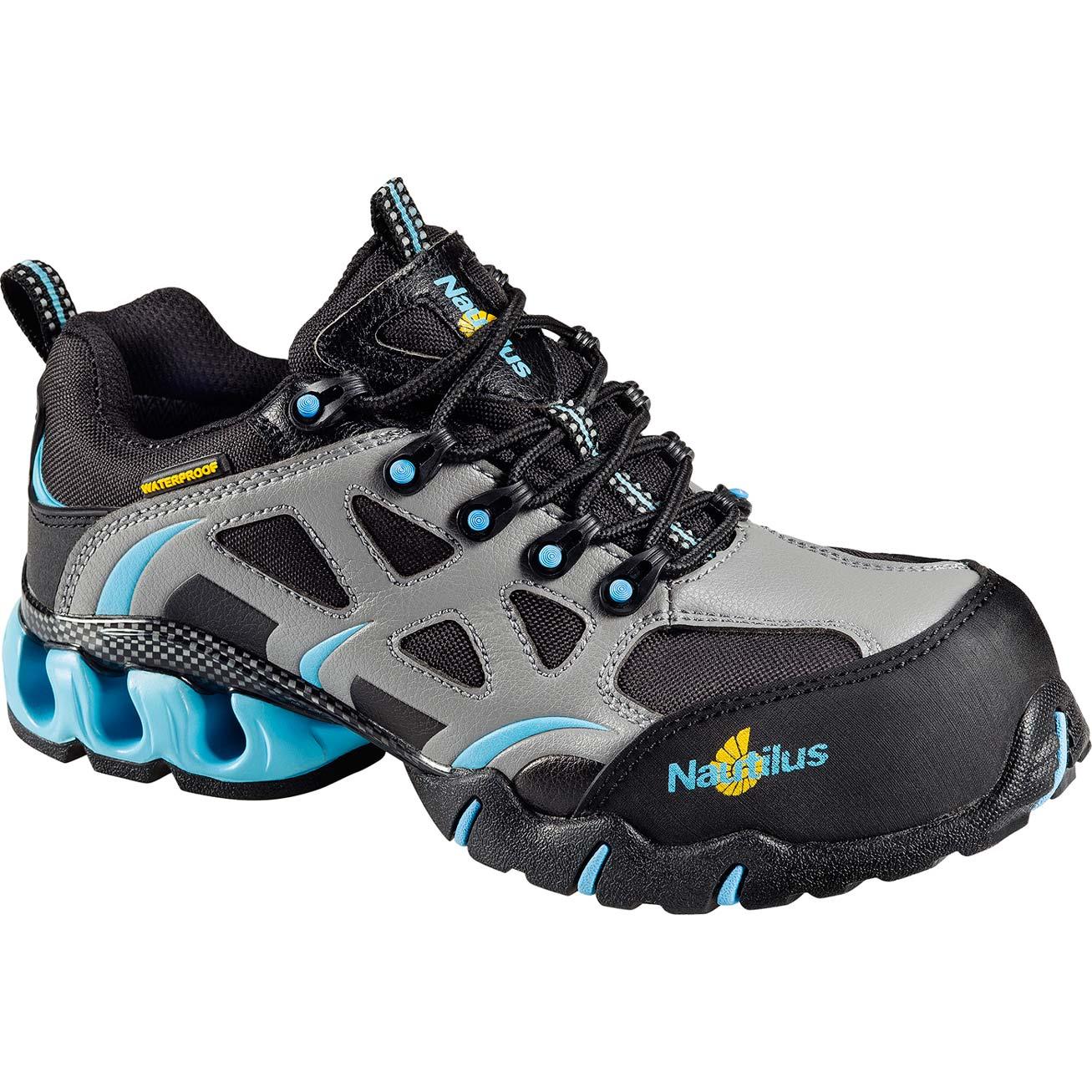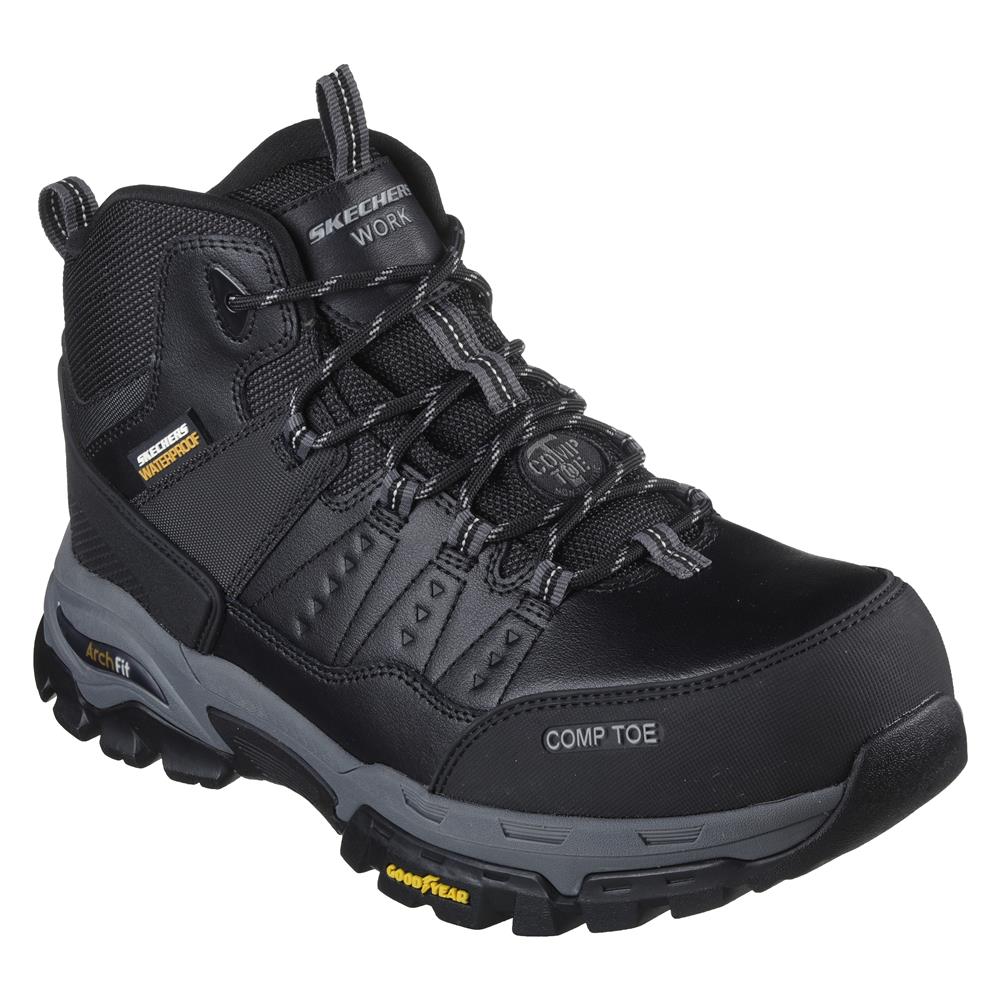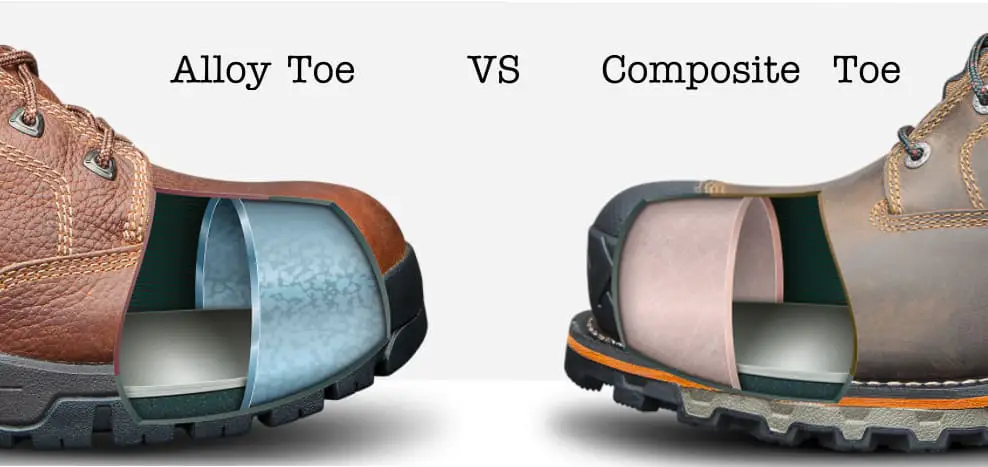What Makes a Work Shoe Safe and Reliable
In the workplace, foot injuries are a common occurrence, often resulting from inadequate footwear. According to the Occupational Safety and Health Administration (OSHA), over 60,000 foot injuries occur annually in the United States, with many of these injuries being preventable with the right footwear. This is where composite toe work shoes come into play, offering a reliable solution for protecting feet in hazardous work environments. But what exactly makes a work shoe safe and reliable? The answer lies in its ability to provide adequate protection, comfort, and support for workers. A good work shoe should be able to withstand the rigors of the job, while also providing a comfortable fit that allows workers to focus on their tasks without distraction. In fact, understanding what is a composite toe work shoe and its benefits can be a crucial step in preventing foot injuries and promoting overall safety and well-being. By choosing the right work shoe, workers can reduce the risk of foot injuries, improve their overall comfort, and enhance their productivity.
Understanding Composite Toe Technology
When it comes to protective footwear, composite toe work shoes have gained popularity in recent years due to their unique benefits and advantages. But what exactly is a composite toe work shoe, and how does it differ from traditional steel toe shoes? A composite toe work shoe is a type of safety shoe that uses non-metallic materials, such as carbon fiber, Kevlar, or fiberglass, to provide toe protection. This innovative technology offers a lightweight, breathable, and flexible alternative to traditional steel toe shoes, making it an attractive option for workers who require protective footwear. One of the primary benefits of composite toe work shoes is their ability to provide excellent toe protection without the added weight and stiffness of steel toe shoes. Additionally, composite toe work shoes are often more comfortable and breathable, making them ideal for workers who spend long hours on their feet. By understanding the concept of composite toe work shoes and their benefits, workers can make informed decisions about their protective footwear and stay safe on the job.
How to Choose the Best Composite Toe Work Shoe for Your Job
Selecting the right composite toe work shoe for your job can be a daunting task, especially with the numerous options available in the market. However, by considering a few key factors, workers can make an informed decision and choose a shoe that meets their specific needs. One of the most critical factors to consider is the job hazards involved. For instance, workers in the construction industry may require a shoe with a higher level of impact resistance, while those in the manufacturing industry may need a shoe with better slip resistance. Another essential factor to consider is foot type. Workers with flat feet or other foot issues may require a shoe with additional arch support or cushioning. Personal comfort is also a crucial aspect to consider, as a comfortable shoe can improve productivity and reduce fatigue. Additionally, workers should consider the specific features they need, such as waterproofing, insulation, or electrical hazard protection. By understanding what is a composite toe work shoe and its benefits, workers can narrow down their options and choose a shoe that provides the right level of protection, comfort, and support for their job. Ultimately, the right composite toe work shoe can make all the difference in preventing foot injuries and promoting overall safety and well-being.
The Anatomy of a Composite Toe Work Shoe
A composite toe work shoe is a complex piece of footwear that consists of several key components, each designed to provide protection, comfort, and support. Understanding the anatomy of a composite toe work shoe can help workers make informed decisions when selecting the right shoe for their job. The toe cap is the most critical component, made from non-metallic materials such as carbon fiber, Kevlar, or fiberglass, which provides excellent toe protection without the added weight of steel. The midsole is another essential component, providing cushioning and support for the foot. The outsole is the outermost layer, designed to provide traction and slip resistance on various surfaces. The upper materials, such as leather or synthetic materials, provide additional support and protection for the foot. When these components work together, they provide a shoe that is both protective and comfortable. For instance, a composite toe work shoe with a breathable upper material can help keep feet cool and dry, while a shoe with a rugged outsole can provide excellent traction on slippery surfaces. By understanding what is a composite toe work shoe and its components, workers can choose a shoe that meets their specific needs and provides the right level of protection and comfort for their job.
Top Brands and Models for Composite Toe Work Shoes
When it comes to selecting the right composite toe work shoe, workers have a wide range of options from top brands and models. Some of the most popular brands include Thorogood, Timberland PRO, and Dr. Martens, each offering a unique set of features and benefits. For instance, Thorogood’s American Made Composite Toe Work Boot is a top choice among workers, featuring a rugged outsole and breathable upper material. Timberland PRO’s Boondock Composite Toe Work Shoe is another popular option, offering excellent ankle support and slip resistance. Dr. Martens’ Ironbridge Composite Toe Work Shoe is a favorite among workers who require a more stylish and comfortable shoe. When selecting a composite toe work shoe, it’s essential to consider factors such as job hazards, foot type, and personal comfort. By understanding what is a composite toe work shoe and its benefits, workers can narrow down their options and choose a shoe that meets their specific needs. Additionally, reading customer reviews and product descriptions can provide valuable insights into the performance and durability of a particular shoe. By doing so, workers can make an informed decision and choose a shoe that provides the right level of protection, comfort, and support for their job.
Composite Toe Work Shoes vs. Steel Toe Shoes: Which is Better?
When it comes to choosing the right work shoe, workers often find themselves torn between composite toe work shoes and steel toe shoes. Both types of footwear offer excellent toe protection, but they differ in terms of materials, weight, and functionality. Steel toe shoes, made from metal, provide excellent protection against heavy objects and compression, but they can be heavy, conductive, and may not be suitable for workers who require a high level of dexterity. On the other hand, composite toe work shoes, made from non-metallic materials such as carbon fiber, Kevlar, or fiberglass, offer a lighter and more comfortable alternative. They are ideal for workers who require a high level of flexibility and dexterity, such as those in the construction or manufacturing industries. Additionally, composite toe work shoes are often more breathable and moisture-wicking, making them a great option for workers who spend long hours on their feet. However, they may not provide the same level of protection as steel toe shoes against heavy objects and compression. Ultimately, the choice between composite toe work shoes and steel toe shoes depends on the specific job hazards and requirements. By understanding what is a composite toe work shoe and its benefits, workers can make an informed decision and choose the right shoe for their job. It’s essential to consider factors such as job hazards, foot type, and personal comfort when selecting the right work shoe, ensuring that workers can perform their job safely and efficiently.
Common Misconceptions About Composite Toe Work Shoes
Despite their growing popularity, composite toe work shoes are often misunderstood. One common misconception is that they are heavier than steel toe shoes, which is not necessarily true. While some composite toe work shoes may be heavier, many modern designs are lightweight and comfortable. Another myth is that composite toe work shoes are less durable than steel toe shoes, which is also a misconception. Composite toe work shoes are made from advanced materials that provide excellent protection and durability. Additionally, some workers believe that composite toe work shoes are less stylish than steel toe shoes, but this is no longer the case. Many modern composite toe work shoes are designed to be fashionable and comfortable, making them a great option for workers who require a high level of protection and style. By understanding what is a composite toe work shoe and its benefits, workers can dispel these common misconceptions and make an informed decision about their footwear. It’s essential to separate fact from fiction and choose a shoe that meets the specific needs of the job, ensuring that workers can perform their job safely and efficiently.
Conclusion: Why Composite Toe Work Shoes are a Must-Have for Workplace Safety
In conclusion, composite toe work shoes are an essential component of workplace safety. By understanding what is a composite toe work shoe and its benefits, workers can make an informed decision about their footwear and choose a shoe that meets the specific needs of their job. Composite toe work shoes offer a range of benefits, including excellent toe protection, comfort, and durability. They are ideal for workers in a variety of industries, including construction, manufacturing, and healthcare. By wearing composite toe work shoes, workers can reduce the risk of foot injuries and promote overall safety and well-being. Employers can also benefit from providing composite toe work shoes to their employees, as they can help to reduce workers’ compensation claims and improve productivity. In today’s workplace, safety should be a top priority, and composite toe work shoes are an essential part of that safety equation. By choosing the right composite toe work shoe, workers can protect their feet and ensure a safe and healthy work environment.








